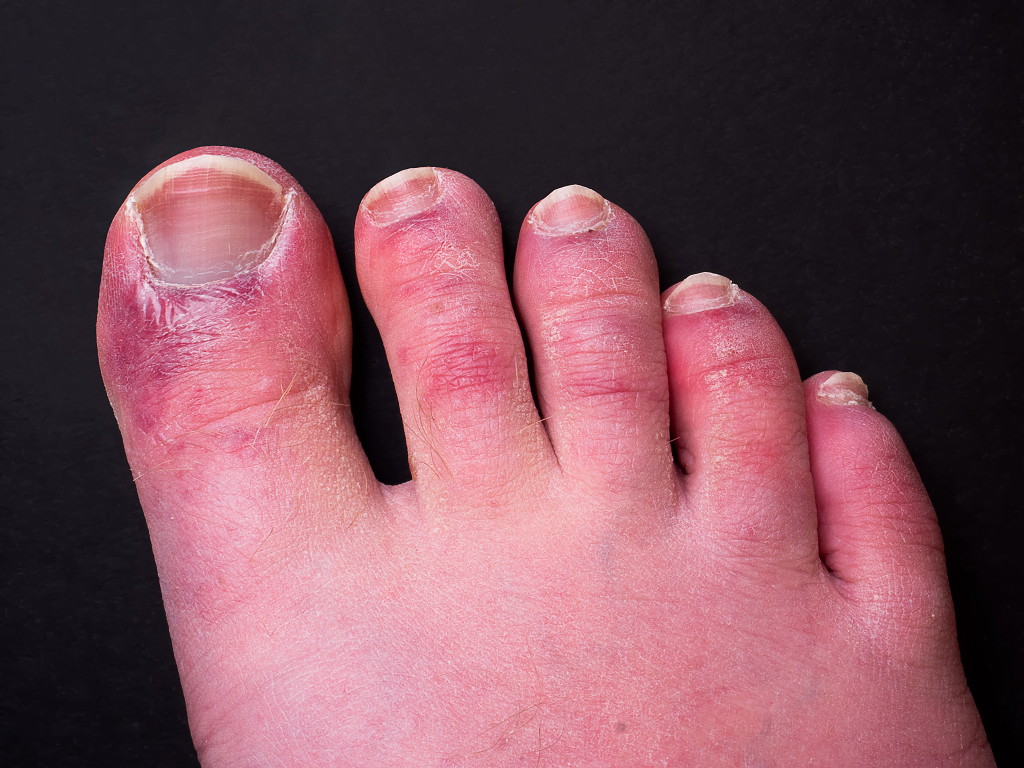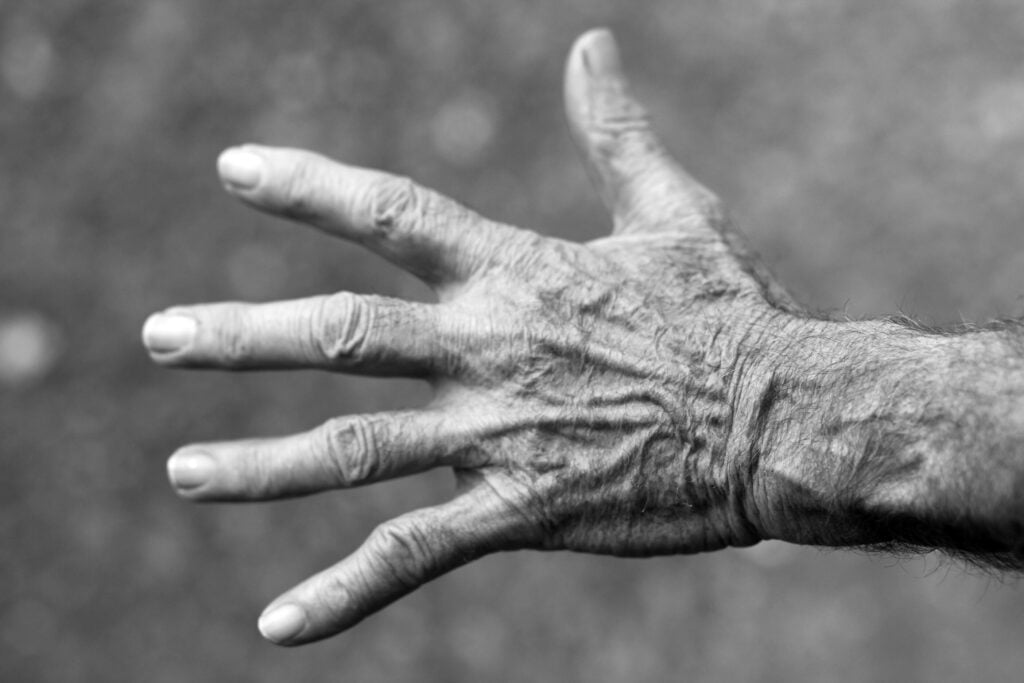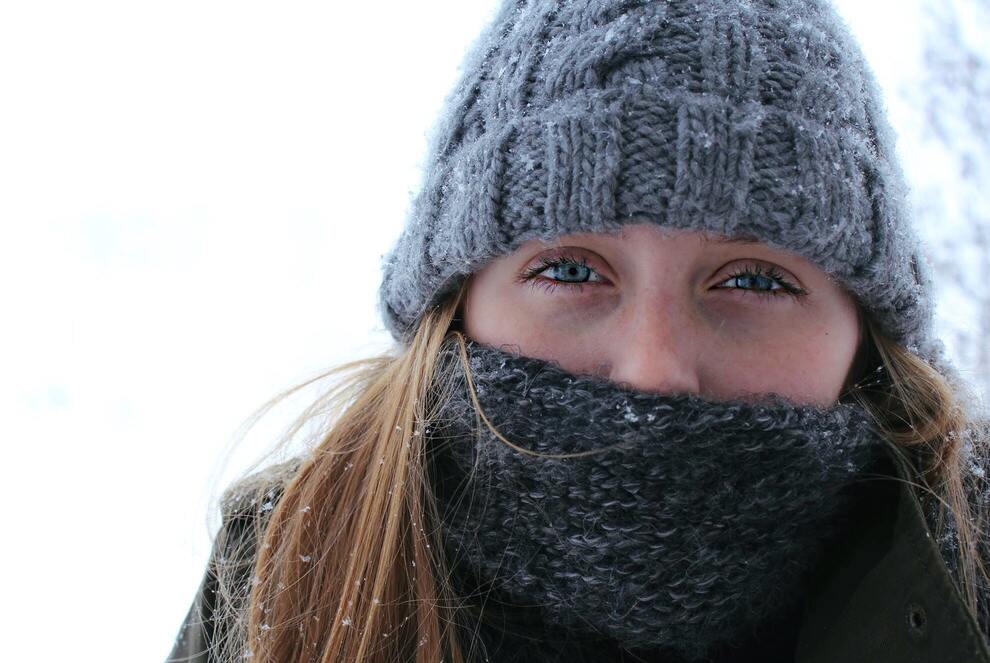What are Chilblains?
Chilblains are (Chill + Blayns) are those painful inflammation of small blood vessels in your skin that is caused by extreme exposure to freezing cold weather. Freezing air air is said to be the main cause of chilblains. It is also known as pernio and cold induced vascular disorder. It can result into itching and may cause red patches along with swelling on your hands and feet. Severe pernio can also cause painful blisters.

Chilblains on fingers and toes can be really uncomfortable and interrupt your daily life, as well as having an effect on the quality of sleep that you get at night. Chilblains on toes can be very painful and unsightly. Chilblain is the name of a skin condition that’s sometimes referred to as deep seated blisters. They are caused by exposure to cold, wet conditions for extended periods of time. Chilblains usually occur on the tips of fingers or the soles of feet, but they may also appear on other areas exposed to colder temperatures.
Generally, chilblains get cured within 1 to 2 weeks but if the weather is warmer it may help you in speedy recovery. Though it is painful but the treatment is very easy. The best way to cure and avoid pernio is avoiding exposure to extreme cold and wearing layers of clothes in winters.
Chilblain is the name of a skin condition that’s sometimes referred to as deep seated blisters. They are caused by exposure to cold, wet conditions for extended periods of time. Chilblains usually occur on the tips of fingers or the soles of feet, but they may also appear on other areas exposed to colder temperatures.
There are many types of chilblains, varying in severity from redness and itching all the way up to blistering cellulitis. Only some people get chilblains; others are more susceptible due to their genetic makeup. The only treatment known for sure works is prevention; if you do not expose your bare skin the chances are less to get chilblains.
Read more about chilblains, their symptoms, causes and how to get rid of them.
What are the symptoms of chilblains?
The signs and symptoms of chilblains differs from person to person and geographical area. However, the common symptoms are as follows:
- Small red patches on your skin that may cause itchiness
- Skin ulcers
- Small blisters
- Swelling of skin on your fingers and toes
- Burning sensations
- Change in skin colour from red to blue
- Fever
When should you consult a doctor for Chilblains?
Though the chilblains are cured on their own but you may require to seek medical care to avoid complications. If you experience unbearable pain and itchiness, or an infection on your skin, or if your symptoms aren’t improving, see a doctor and inform about the symptoms that your facing for better guidance.
Please note, if you are suffering from diabetes or poor circulation, you may experience slow recovery. Therefore it is advisable by the experts to seek care from the doctor.
What are the causes of Chilblains?
Cause for chilblains is still unknown. This may be an abnormal reaction of a body with the extreme cold weather. Rewarming cause the small blood vessels to expand quickly than nearby larger blood vessels can handle. This phenomena results into to a bottleneck effect and the blood leaks into the nearby tissues which causes in change of skin colour.
Also, the cold air and extreme weather main cause the small blood vessels near the surface of the skin to tighten. This results into bursting of tissues which causes swelling. Then the swelling irritates the nerves and causes pain.
Following are the other causes:
- A family history
- Regular exposure to cold weather
- Poor diet
- Lupus
- Smoking
Generally people get confused between pernio and frost bites.

Risk factors
Since it is unclear as to why the chilblains are caused, but there are few things that may increase the risk. Following are the factors that may increase your risk:
- Sex– women are more likely to catch chilblains then men.
- Tight clothing– wearing tight fitted clothing or shoes in cold weather may develop chilblains.
- Being underweight– experts believe that people who weighs less than 20% of their normal ideal weight are more likely to get chilblains.
- Poor circulation– the research conducted by the doctors says that people with poor circulation are more sensitive to adapt change in temperature, that may cause them chilblans.
- Geographical and weather conditions– people living and high humidity, cold and damp environment are more likely and susceptible to chilblains.
- People suffering from Raynaud’s disease– this category of people are more likely to get chilblains.
- Lupus– people suffering from autoimmune disorder. It is the most common disorder that is associated with chilblains.
How Chilblains are diagnosed?
Doctor can diagnose the pernio on the basis of physical examination. You would required to visit the clinic or the doctor. The doctor may ask you certain questions that will help him and diagnosing the disease like if your recent exposure to cold and damp environment. If the condition is very severe, the doctor may decide to go for biopsy of the skin patch. This involves removing a small tissue of skin as a sample which is later sent to the lab for examination. The sample is looked with microscope to check whether it is chilblains or skin cancer.
If you already had chilblains before, you can recognize it on your own on. But if it is a new experience for you, it is advisable to consult the doctor to check the skin condition, such as Lupus or a poor circulation issue, that may require a treatment. You can read about Cold Sore Treatment, Symptoms, Causes, Prevention here.
Treatment of Chilblains
Chilblains often get better on their own and within a span of 1 to 2 weeks it gets diminishing without treatment.
Soothing solution such as calamine or witch hazel may be used to get relief from itching. You may consult your pharmacist for recommendations for products.
If your chilblains are severe and reoccurring in nature, speak with your doctor or general physician. They may recommend tablets or capsules of medication like nifedipine. This helps in relaxing the blood vessels and better circulation.
Nifedipine can be consumed to heel the existing chilblains or this can be consumed during winters to prevent in development of chilblains.
Always consult your doctor if the conditions of chilblains does not improve after 3 weeks or if the pain gets severe.
Use a pumice stone to gently remove the skin from your toe tips. This will reduce the pressure as well as chronic pain, as well as reducing the likelihood of blisters forming.
Is there any home remedy?
Since the chilblains get cured on their own, but there are few things that you can do at your home to ease the pain and itchiness. As soon as you notice the symptoms and Signs of pernio, try to to stay in a warm area or use blanket or heat pad to warm the affected area. Avoid using direct heat on on the blisters or on skin patch. Warming up your affected area to repeatedly can make your symptoms worse.
Further, avoid rubbing hand scratching the affected area. As your pernio heal, apply a lotion to keep your skin moisturized.
How to prevent Chilblains?
You can prevent chilblains:
- By avoiding and limiting the exposure from cold and damp environment
- By wearing layers of clothes to keep yourself warm while going outside in cold weather
- keeping your hands feet and face clean, dry and worm
- Avoid smoking
- Taking steps to improve your circulation by doing exercise
- Eat at least one Hot meal during the day
- Avoid wearing tight clothes and shoes
- Moisturize your skin regularly specifically your hands and feet
- In case you are diabetic, keep a regular check on your feet or consult your doctor. As diabetic people are more prone to chilblains.

What are the complications?
For few it can be severe or recurring, that can lead to various complications:
- Skin infection, blisters and patched skin
- Skin ulcer
- Discoloration of skin
Please note that this article is only for educational propose and should not be used as prescription. Please consult your doctor in case you of doubt.